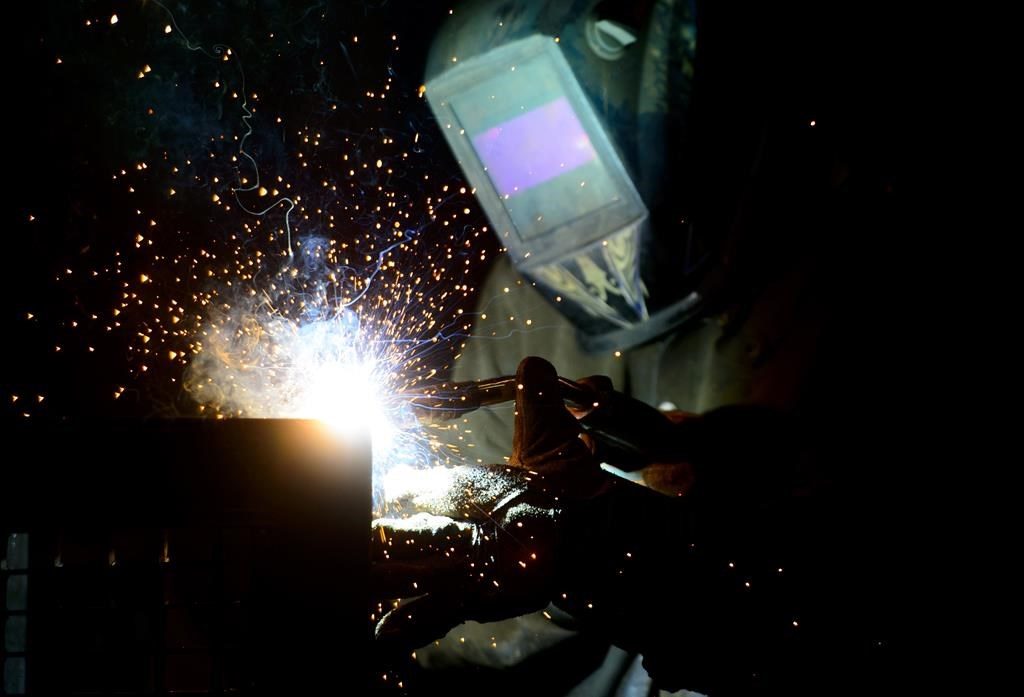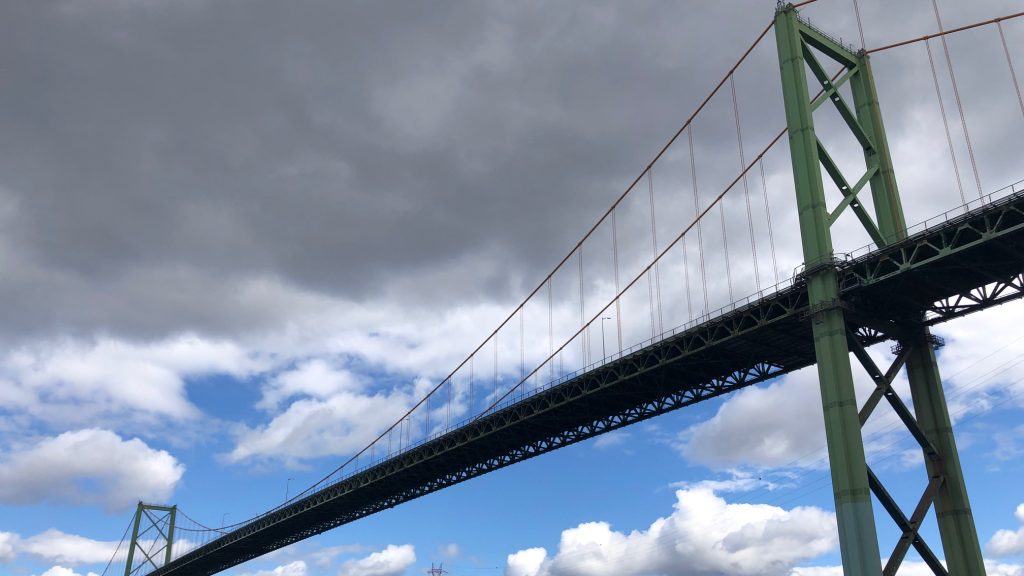Booms not containing oil spill in North Saskatchewan River, more steps needed
Posted Jul 22, 2016 11:40:09 AM.
Last Updated Jul 22, 2016 10:20:06 PM.
This article is more than 5 years old.
NORTH BATTLEFORD, Sask. – Attempts to stop a pipeline oil spill from flowing down a major river in Saskatchewan failed Friday and new steps were being taken to try to contain the slick.
A government official said booms placed on the North Saskatchewan River by Husky Energy to contain the spill were ineffective because high water levels lifted the oil over the barriers.
The official, who did not want to be named, said Husky Energy (TSX:HSE) and the government were placing booms further downstream and increasing skimming to try to remove oil from the water.
Between 200,000 and 250,000 litres of crude oil and other material leaked into the river on Thursday from a breach in Husky’s pipeline near Maidstone, Sask. The company shut down the line and put out the booms about 40 kilometres upstream from North Battleford.
North Battleford saw signs of the spill as early as Friday morning and shut down its water intake plant.
“Husky reported to water security that they … saw a sheen and so everything gets shut right down,” said Stewart Schafer, the city’s director of operations.
“How much, how big, I couldn’t tell you.”
Schafer said the city has a backup supply of water in its reservoirs and water tower. It also has a ground-water treatment plant.
“We have about three days and then we have to start up the other plant. By that time we are hoping that whatever contaminants hit the river are flushed down.”
The reservoirs and water tower had already been filled to capacity as a precautionary measure.
North Battleford Mayor Ian Hamilton asked residents to slow the flow from their taps to help ensure an adequate supply. The city issued a news release telling people that car washes were being shut down, laundromats closed and citizens were being asked not to water their lawns or wash their cars.
The city and Husky also were building a berm around the water intake at the water treatment plant to prevent oily water from getting in.
Prince Albert issued a statement late Friday afternoon urging its residents to fill bathtubs and water jugs with water over the next 24 hours. Oil from the Husky spill is expected to reach the city by Sunday, the city said, adding it will likely be shutting down its water treatment plant’s intake from the river.
Rob Peabody, Husky’s chief operating officer, said some of the spilled oil was on land and was being recovered.
“What we do know is the leak was not under the river, as far as we can see,” he said. “The leak was kind of in a location near the river.”
The pipeline runs from Husky’s heavy oil operations to its facilities in Lloydminster and carries oil mixed with a lighter hydrocarbon, called a diluent, that’s added to ease the flow.
Wes Kotyk of the department’s environmental protection branch said the spill, which he said was equivalent to two rail cars, was of a “higher magnitude” than Saskatchewan is used to.
“This is a rare event. We don’t have incidents of this magnitude very often,” said Kotyk, who added it’s been a number of years since there’s been an oil spill into water.
Kotyk said fish and wildlife staff were developing a plan in case wildlife was affected.
Peabody said it could be several weeks before a cause for the spill is known. He didn’t know the age of the pipeline, but said it would have been regularly inspected under Husky’s management plan.
Saskatchewan Premier Brad Wall said no one wants to see an oil spill occur, but the latest leak doesn’t change his support for pipelines.
“The facts remain that if we’re not moving by a pipeline, it’s going to move … (by rail). We know that rail is actually more susceptible to spills and spills are often more intense,” Wall said from Whitehorse, Yukon, where he was attending a premiers meeting.
Alberta Premier Rachel Notley, who is pushing for a pipeline to get her province’s oil to ocean ports so it can get to international markets, echoed Wall’s assessment.
“Even with this spill it remains the case that absolutely the safest way to transport oil and gas is by way of pipeline,” she said.
“Had a spill occurred on rail there might well be injuries involved. In everything you do there are risks, but I would suggest overall the risks (of pipelines) are low.”
— With files from CTV Saskatoon
Note to readers: This is a corrected story. A previous version had “operationing” in Peabody’s title.










